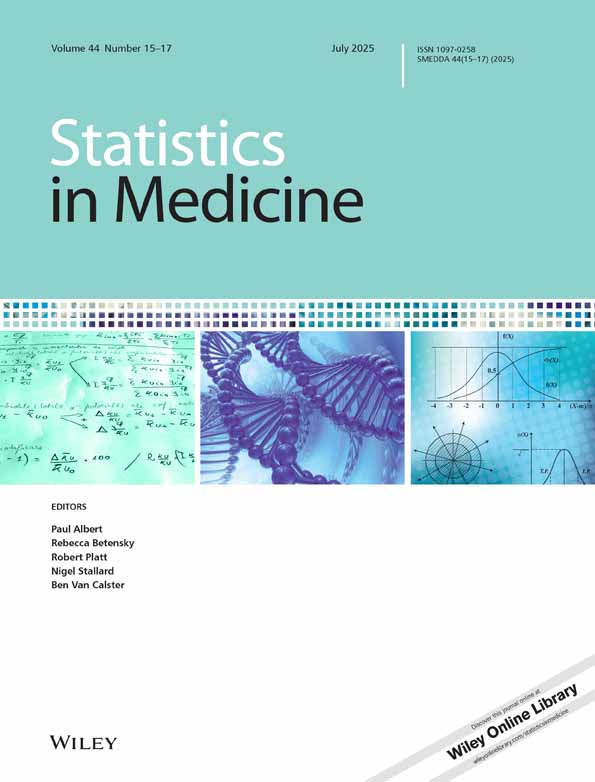Estimators and confidence intervals for the marginal odds ratio using logistic regression and propensity score stratification
Abstract
Propensity score methods are widely used to estimate treatment or exposure effects in observational studies. In studies with binary response the effect can be described as an odds ratio, and the Mantel–Haenszel estimator is traditionally used for stratified data. Although propensity score methods are designed for marginal treatment effects, it has been shown that the Mantel–Haenszel estimator stratified for propensity score is a questionable estimator for the marginal odds ratio, which describes the change in odds of response if everybody versus nobody were treated.
We studied recently proposed alternative estimators for the marginal odds ratio, one stratified for propensity score, the other derived from logistic regression. Additionally, we adapted the methodology of the logistic regression based estimator for the derivation of a marginal odds ratio estimator to covariate adjustment by the propensity score. We also derived corresponding variance estimators using the Delta-method.
The estimators were illustrated and compared to the inverse probability weighted estimator and the stratified Mantel–Haenszel estimator in a study dealing with respiratory tract infections in children in Germany. Furthermore, simulation studies that were carried out to investigate relative bias, variance and coverage probability showed reasonable performance of marginal odds ratio estimators if response rates or regression based approaches were used. Their variances were accurately estimated. In contrast, the stratified Mantel–Haenszel estimator was substantially biased in some situations due to problems of non-collapsibility and thus it is generally inappropriate for a reliable estimation of the marginal odds ratio. Copyright © 2010 John Wiley & Sons, Ltd.




